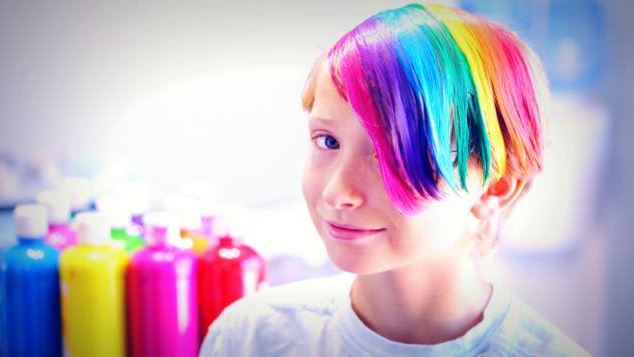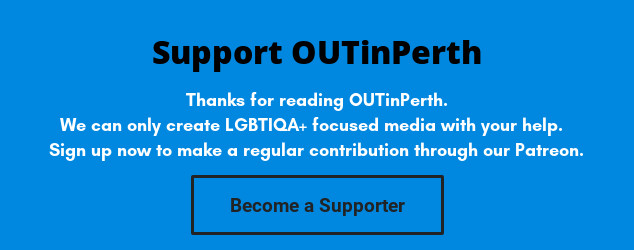
A US study has shown that, for a small percentage of people, awareness of sexuality and gender occurs at a young age. Researchers at San Diego State University have found that some children are self identifying at nine and ten years old.
While the majority of research to date has shown that people usually self-identify their sexuality and gender identity in their mid to late teens, researchers Jerel P. Calzo and Aaron J. Blashill have found that one per cent of children are making declarations as young as nine and ten.
“This is such an important stage, biologically and socially,” said Calzo, an associate professor in SDSU’s School of Public Health and lead author of the study. “At 9 and 10, youth—whether through their peers, media or parents—are beginning to be exposed to more information about relationships and interacting in the world. They may not see any of this as sexual, but they are beginning to experience strong feelings.”
The team’s findings were derived from datasets of computer-assisted interviews with more than 4,500 9- and 10-year-old children for the Adolescent Brain Cognitive Development (ABCD) Study, the largest long-term study of brain development and child health in the United States. Their findings are published in the latest issue of JAMA Pediatrics.
The children were asked ‘Are you gay or bisexual?” the results showed that 0.2 per cent answered “yes”, while 0.7 per cent answered “maybe”. Seventy five per cent of respondents said “no”, while the remainder indicated that they did not understand the question.
To the question, “Are you transgender?” 0.1 percent said “yes” and 0.4 percent said “maybe.” Some 38 percent said they didn’t understand the question; the rest responded “no.”
The researchers said their work had shown that some young children do have an awareness about sexuality and more research would allow them to see how sexuality and gender identity develops over time.
The researchers also asked the children’s parents if they thought their child might be gay or transgender. They found that more than 13 percent of parents reported their child might be gay and 1.2 percent reported that their child might be transgender.
OIP Staff






